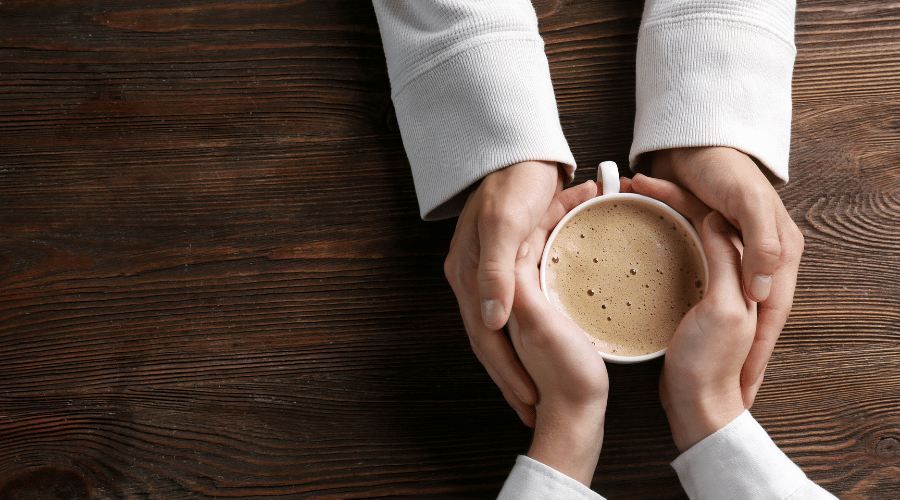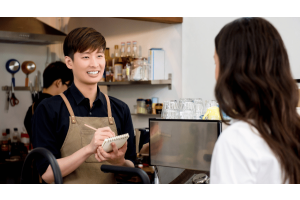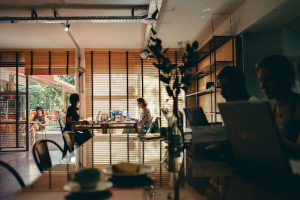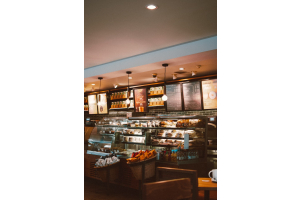In 1788, the First Fleet brought coffee to Australia; yet, relationships between coffee and Australia’s indigenous inhabitants were tense for most of this period. The First Fleet’s coffee supply may have been low. Australia didn’t have cafés until the 1830s. Historians believe the 1820s Temperance Movement caused this. After giving up alcohol, teetotalers and previous heavy drinkers typically resort to new addictions. As with coffee, the reliance went off. In the postwar 1950s, Australia saw a coffee revolution. Many Europeans sought refuge in Australia during World War II, and espresso became widely consumed. They missed home-grown coffee early in their colonization endeavors. Immigrants created some of Australia’s first and most famous cafés, a frequent practice among Melbourne’s Italian immigrants. Coffee has played an increasingly important role in Australian culture over the last 50 years. Many travelers visit Melbourne, Australia’s coffee capital, because of its café culture.
Why Do Melbourne’s Cafes Reign Supreme?

Melbourne, Australia, has world-class cafes. Who has visited every nation and tried its beer? We sat at cafe tables to determine why Melburnians have the finest cafés. Vibe
Melbourne cafes are a mainstay of the city’s café culture. However, no one definition exists. Best Melbourne cafés have strong relationships with their localities and take ambiance and customer cues from them.
In Collingwood, you may drink filter coffee in a refurbished storefront (Everyday Coffee) or a silky flat white in a former textile mill (Proud Mary). Collingwood may do one of these A group of young people looking to make a name for themselves in the Brunswick nightlife scene take over a seedy dive bar and turn it into a trendy hangout. Benches revitalized A Minor Place’s crossroads.
A large crowd sat inside while dogs were confined on the terrace. An op-shop entrepreneur created reservoir’s Lady Bower Kitchen. At the same time, two siblings in Kew rename their neighborhood milk business Adeney Milk Bar. A candy jar still sits on the counter, and the ambiance has been kept the same, but the place now has a Synesso and serves single-page menus of typical suburban brunch items.
Brunetti is a 24-hour café with brass and marble depicting Melbourne’s Italian community’s ascent. Rudimentary, Footscray’s newest café is created from shipping containers on a manicured empty site. Each of Melbourne’s famous laneways, and even some less obvious spots like the underpasses of railway stations and telephone booths, has at least one trendy coffee shop. None are in Fitzroy
Lady Bower Kitchen, Mordialloc, Gardenvale, Werribee, Burwood, and others offer beautiful eateries. If the restaurant delivers good coffee, unique cuisine, and a friendly ambiance, it’s OK.
Non-Hipster
While some individuals may sport noticeable body modifications like tattoos, huge spectacles, handmade beards, and thin pants, it is hard to categorize everyone solely on their attire. 63% of Melburnians, according to a Roy Morgan survey conducted at the beginning of this year, frequent cafés to have a cup of coffee. Nobody here is a “hipster” or “woman who lunch.” Dog walkers carry spaniels, Schnoodles, Labradoodles, etc. We may see old friends, participate in a family custom, walk the kids in the morning, develop a new enterprise, or write a thesis. A Melbourne café can achieve all of these things. coffee

Melbourne’s Coffee Culture
In the early 21st century, Melbourne’s civilization might be a vast, low table or a tall table with chairs. Both are options. Our cafés’ communal tables define them as public meeting spaces where a cup of coffee is the only obstacle to access. Cafes’ collaborative seating arrangements allow customers to spend time alone and interact with new people. Bring your laptop and book for the book club. A customer has never been asked to leave one of our cafés because they took up too much time at the table with other customers.
Entrepreneurship
Cafes are reshaping Melbourne’s public spaces because they provide a unique local and individual experience, and their proprietors tend to be self-employed. Their youth, ingenuity, and entrepreneurial drive prove that anybody can succeed in Melbourne. Cafes link us to the surrounding area.
Jerks Don’t Brunch
When asked how many white people enjoy brunch on a Saturday afternoon, Strokes lead singer Julian Casablancas allegedly responded last year, “I don’t know how many.” The Guardian says brunch reflects dreary suburban homogeneity. Brunch in Melbourne allows diners to sample novel, imaginative meals without blowing their budgets. The menus often provide a lot of wiggle space for restaurants to create unique combinations. A few hours spent meeting up over espresso and french breakfast, smoked salmon with stewed eggs, or a plucked sandwich is a modest but wonderful treat. Brunch is a beautiful self-indulgence. Melbourne’s cafés provide very delicious brunches.

Melbourne Coffee is So Good!
You’ll be questioned about Australian cuisine overseas. “Pasta, sushi, pho, etc…” is too generic. “Barbecues” is too American. “Meat pies” is too British. “Seafood” is too ambiguous (multicultural fusion). Our trademark meal may be poached egg atop avocado smashed with Vegemite, dukkah, or lime & coriander for added flavor. A brioche sandwich loaded with pulled pork and an egg or lobster sounds lovely. Make crispy, silky corn fritters. “Australian cuisine” may be shorthand for “Melbourne café cuisine,” an informal, egalitarian cooking style.
Many cafés in Melbourne are putting in batch brewers. Customers prefer filter coffee, which is why cafés in Melbourne are putting in batch brewers. Customers at Glovers Station and Bluff Town also like t batch brews. Unlike filter brews, espresso doesn’t fully express the flavors of specialty-grade beans. A primary filter removes acidity while preserving fruity flavor. The heat in Mexican cuisine brings out a new flavor in Colombian coffee. Barista champs
Top-notch coffee
Espresso is a 50-year Melbourne tradition. “It’s not like Italian coffee” is a specific criticism. Traditional Italian flavor remains. Italian roasters employ robusta because its inner-tube sweetness characterizes Italian espresso. Each taste is influenced by Melbourne’s preference for 100% arabica coffee. Melbourne is the place to get specialty coffee, from beans to cups. The city’s cafés provide single-origin espresso and filter coffee. CNN, Huffington Post, Lifehack, and BBC Travel place us among the world’s best coffee cities. coffee-loving Melbourne
Also, the world.
Australian cafés have inspired a New York Times feature from last year. Approximately a dozen of the world’s most exciting destinations are discussed in this article, all of which would make you feel quite at home if you had an emu and a kangaroo on your passport. In the U.S., cafe customers don’t anticipate unique cuisine, good coffee, and excellent service.
Melbourne’s café culture is an inspiration. Brunswick is a Brooklyn coffee cafe business labeled an “Australian café” by the New York Times. Nick Stone, an AFL player, opened Bluestone Lane in Greenwich Village, while Leon Unglik, a retired Melbourne lawyer, owns Little Collins on Lexington Avenue. Both serve avocado toast and flat whites. Europe is experiencing something similar. Market Lane and Duchess of Spotswood staff operate Holybelly in Paris. A tuckshop in Paris offers avocado, Vegemite on toast, and long blacks and flat whites. Pave’s Milan café has recycled couches and a wide communal table, which owner Luca Scanning claims took Italians time to embrace. Scanning was inspired to design Pave by the “lazy breakfasts and wonderful settings” of Fitzroy cafés he visited as a journalist in Melbourne. Workshop Coffee at London’s Clerkenwell has exposed brick, warm wood, and a coffee roaster in the rear, like Melbourne cafés. Cult of Done is Workshop’s coffee blend, named after its past connection to St. Ali. Prufrock in Holborn might be in Collingwood with its blue espresso cups, blackboard menu, and brew-bar/science-lab feel.

 Sign In
Sign In 




